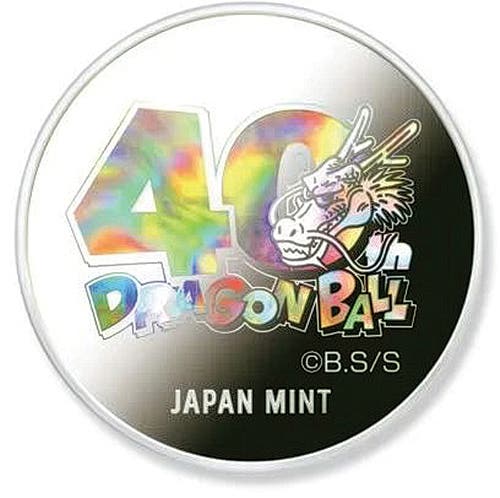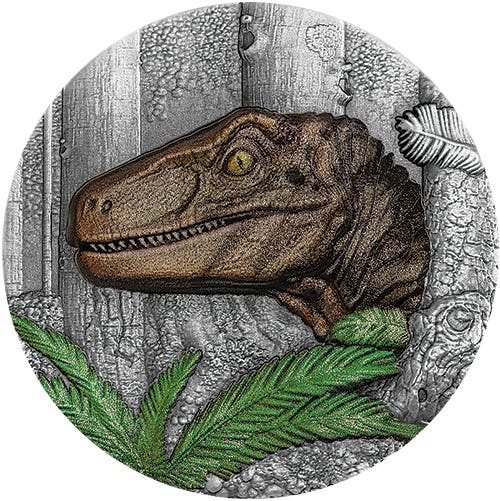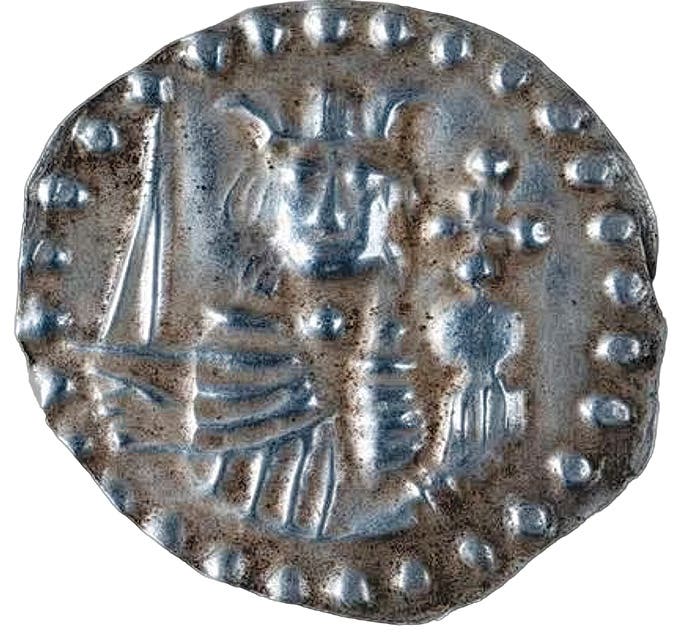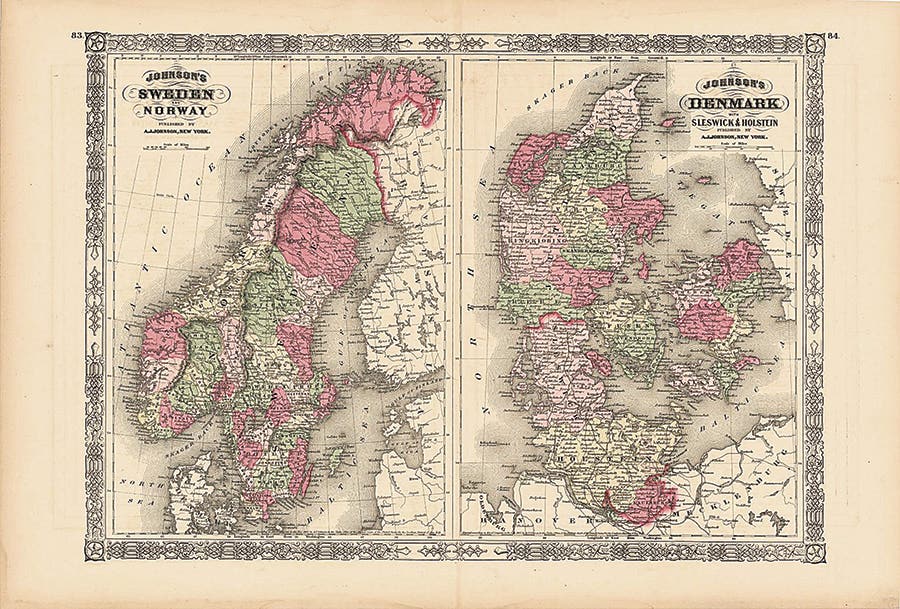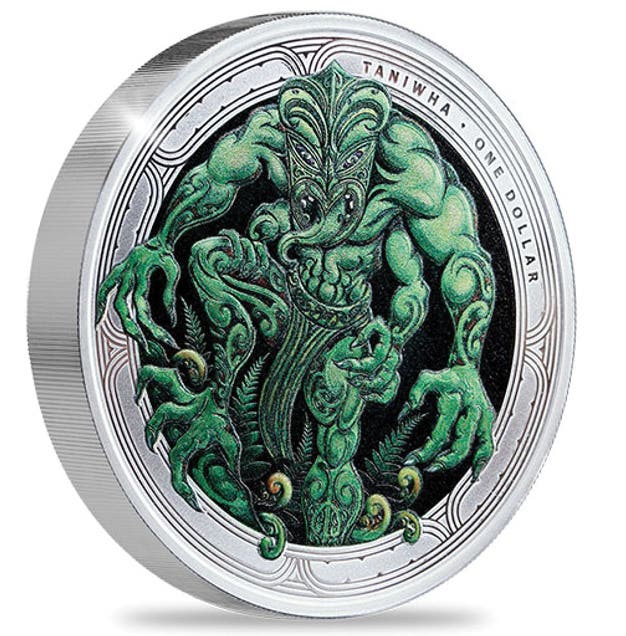Spink celebrates with world sales
In 2016 the House of Spink celebrates 350 years in business. The year 1666 was an extraordinary moment in history. England’s monarchy had been restored just six years earlier. The…
In 2016 the House of Spink celebrates 350 years in business.
The year 1666 was an extraordinary moment in history. England’s monarchy had been restored just six years earlier. The previous year had seen London ravaged by the Great Plague that had now been purged by the Great Fire. And, in the thick of the fray was John Spink, busy rebuilding his establishment from the ashes.
Spink has marked the anniversary with a number of major auctions this past September. They included a trio of bank note sales.
The main event was the world paper sale. Its advent was heralded by arrival of a massive four-pound catalog that detailed 2,175 lots. In it prospective bidders learned the code name for this auction was GODZILLA.
The Sept. 28-30 dates enabled the sale to come hard on the heels of the Maastricht Paper Money Fair with a host of prospective bidders arriving from The Netherlands, loins girded for the fray. The quality and desirability of many lots on offer, coupled with the determined mien of some collectors, precipitated furious in-room bidding, supplemented by phones and Internet action.
At sale end, 44 of the lots had hammered for $10,000 or more with a further 48 realizing between $5,000 and $9,999. Among these, specimen notes of the Middle East and Asia ruled the price roost.
Top billing by over $10,000 went to a rare uniface Straits Settlements printer’s specimen $1,000 dated Sept. 24, 1925, P-14, Tan S13b; King George V fronts at top center, an Indochinese tiger prowls below. A printer’s annotation and mounting traces had seen it graded good VF. These seeming defects mattered not to some resolute Straits Settlements collectors one of whom cheerfully paid $81,120 [£62,400] to give it a new home. That price was more than double upper estimate.
The second spot was taken by an extremely rare printing by India’s Nasik Security Press of an Iraq specimen 1/2 dinar for the 1941 issue, P-14s. No previous sales of a similar item could be located by the catalogers, which presumably explains why Middle Eastern collectors bid the note up to $70,200 [£54,000] on its £30,000-35,000 estimate.
Recent years has seen a wealth of issues of British Palestine appear on the market yet high denominations of the series continue to be in demand with certain dates proving difficult to rare.
Among the 20 Palestinian lots on offer it was always to be expected that greatest interest would center on a specimen £50 of Sept. 30, 1929, P-10bs. This is the note with the Crusaders’ Tower at Ramleh on the face and the Tower of David at the back. The 1929 date is the rarest of this denomination and is seldom offered at sale. But no doubt the EF grading helped push the price to $68,640 [£52,800] on its £35,000-40,000 estimate.
The highest-priced circulation issue was the Iraq 100 dinars of July, 1, 1931, P-6, that had featured in Spink’s pre-sale advertising. Just a few examples are believed extant and despite its much used and abused condition that on offer realized $59,280 [£45,600] on a £20,000-25,000 estimate. A specimen example of the same note in UNC, P6as, achieved the same result.
Among many other high rollers were:
• Bermuda specimen two shillings and six pence, March 1, 1939, P-7s, about UNC: $17,940;
• Cyprus specimen £1, Oct. 30, 1914, P-5as, good EF: $27,300;
• East Africa Protectorate specimen 100 rupees, July 1, 1912, P-5s, good EF: $20,280;
• Gibraltar specimen £50, Aug. 6, 1914, P-10s, EF: $46,800 (only example in private hands);
• India 50 rupees, (1930), P-9d, EF: $21,840;
• Iraq specimen 10 dinars, July 1, 1931, P-5as, good EF: $24,960;
• Iraq specimen 100 dinars, July 1, 1931, P-12bs, UNC: $28,080;
• Iraq specimen 100 dinars, July 1, 1931, P-12as, PMG about UNC: $23,400;
• Iraq color trial 100 dinars, (1942), P-21cs, UNC: $28,080;
• Somalia 100 somali, (1950), P-15, UNC: $17,940;
• Mauritius specimen 50 rupees, Jan. 1, 1920, cf. P-18, good VF: $23,400;
• Qatar 500 riyals, (1976), P-6a, PMG 64, UNC: $35,880;
• Qatar & Dubai 25 riyals, (1966), P-4a, UNC: $59,280;
• Qatar & Dubai 25 riyals, (1966), P-4, PMG 25: $20,280;
• Qatar & Dubai die proof 50 riyals, (1966), P-5, UNC: $24,180;
The total realized was $3,003,827 [£2,310,636]. Full details and prices realized are available from www.spink.com. A premium of 20 percent has been added to the prices stated that have been converted at a rate of 1GBP = 1.30USD.
This article was originally printed in Bank Note Reporter. >> Subscribe today.
More Collecting Resources
• Order the Standard Catalog of World Paper Money, General Issues to learn about circulating paper money from 14th century China to the mid 20th century.
• Start becoming a coin collector today with this popular course, Coin Collecting 101.





